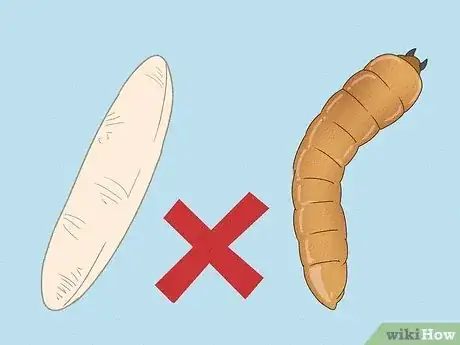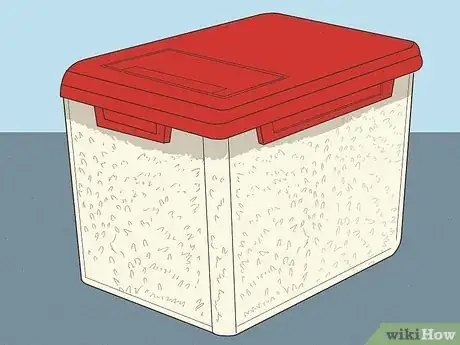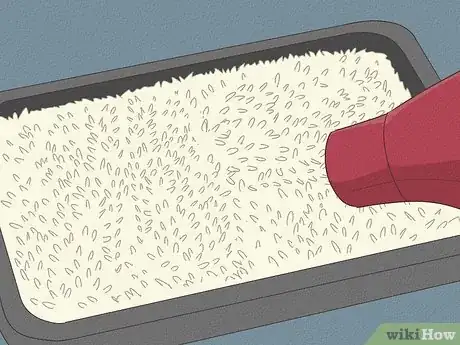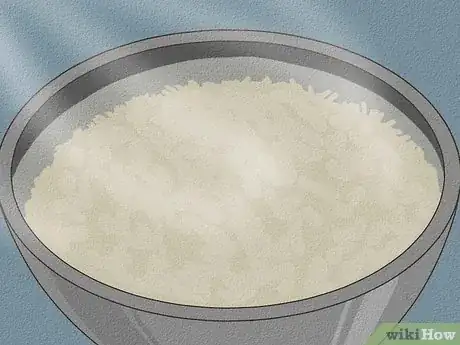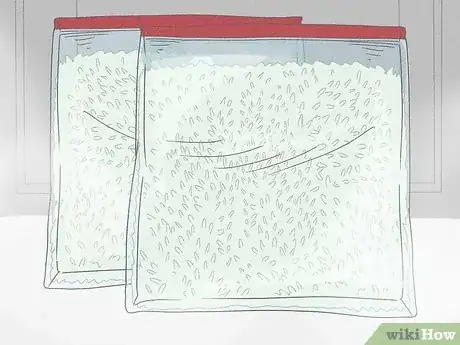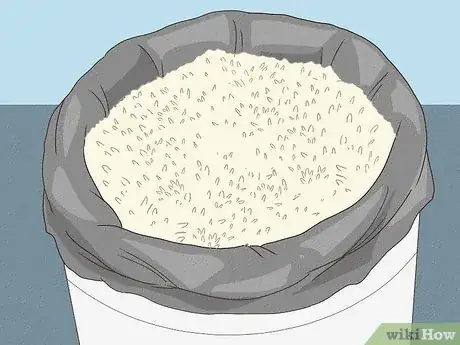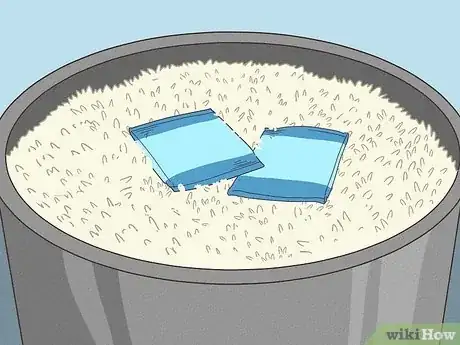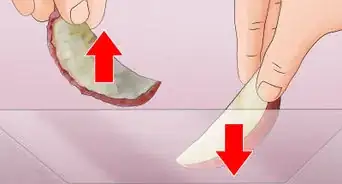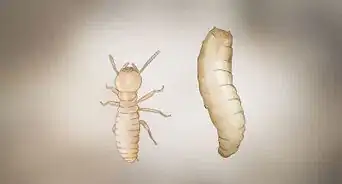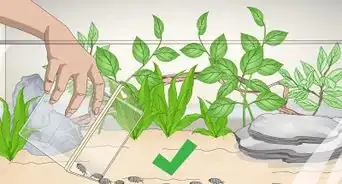This article was co-authored by wikiHow Staff. Our trained team of editors and researchers validate articles for accuracy and comprehensiveness. wikiHow's Content Management Team carefully monitors the work from our editorial staff to ensure that each article is backed by trusted research and meets our high quality standards.
There are 12 references cited in this article, which can be found at the bottom of the page.
This article has been viewed 2,378 times.
Learn more...
You’ve been craving some warm, fluffy rice for dinner. It’s finally time to prepare your meal but… you see some small maggots crawling around the rice bag. Yuck! It’s common to see these worm-like creatures in your pantry. Like us, maggots love dry foods like cereal, spices, and rice, and there’s been a lot of speculation on whether rice turns into maggots. Although the grain doesn’t actually transform into these critters, keep reading to figure out how they keep appearing in all of our favorite pantry foods!
Things You Should Know
- Rice does not turn into maggots! Insects lay their eggs on rice grains, and the eggs hatch into larvae (known as maggots).
- Maggots are usually hidden inside the rice grains. If you suspect your rice is contaminated, place the bag in the freezer for 4 days to kill any eggs or larvae.
- It’s safe to eat maggots in rice, as long as the rice is properly cooked.
Steps
Getting Rid of Maggots in Rice
-
1Spread the rice evenly on a sheet tray and heat it with a hair dryer. Make sure the sheet tray is large enough so there is only one flat layer of rice. On high-heat, run a hair dryer over your rice (2-3 times) to thoroughly heat the grains. Concentrate on spots that show discoloration or movement.[8]
- If you don’t have a hair dryer, pour boiling water over the rice to kill the maggots and wait 5 minutes. Maggots cannot survive extreme temperatures, so you can cook the rice after draining the water.[9]
-
2Pour the heated rice in a large bowl and cover it with hot water. Dump the rice from the sheet into a bowl and let it rest for 5 minutes. Add the boiling water and wait a few minutes for the maggot larvae to rise to the surface of the water. Use a small cup to scoop them out and immediately cook the soaked rice to avoid bacterial growth.[10]
References
- ↑ https://youtu.be/Xg4YPX7gBng?t=93
- ↑ http://ipm.ucanr.edu/PMG/PESTNOTES/pn7452.html
- ↑ https://www.fda.gov/food/ingredients-additives-gras-packaging-guidance-documents-regulatory-information/food-defect-levels-handbook
- ↑ https://extension.umn.edu/product-and-houseplant-pests/pantry-pests-insects-found-stored-food#moths-55710
- ↑ https://hgic.clemson.edu/factsheet/selecting-storing-cereals-grains
- ↑ https://researchrepository.wvu.edu/cgi/viewcontent.cgi?article=8478&context=etd
- ↑ https://www.pctonline.com/article/-fly-control--maggots-in-human-tissues
- ↑ https://youtu.be/5CG_8H6bkOQ?t=35
- ↑ https://static-or01.inbenta.com/edde6675dc7d4e0b3159a85161f8352b7d2f0095304b88a6c82734d53cd50aef/ConsumerComplaintsInfestation.pdf
